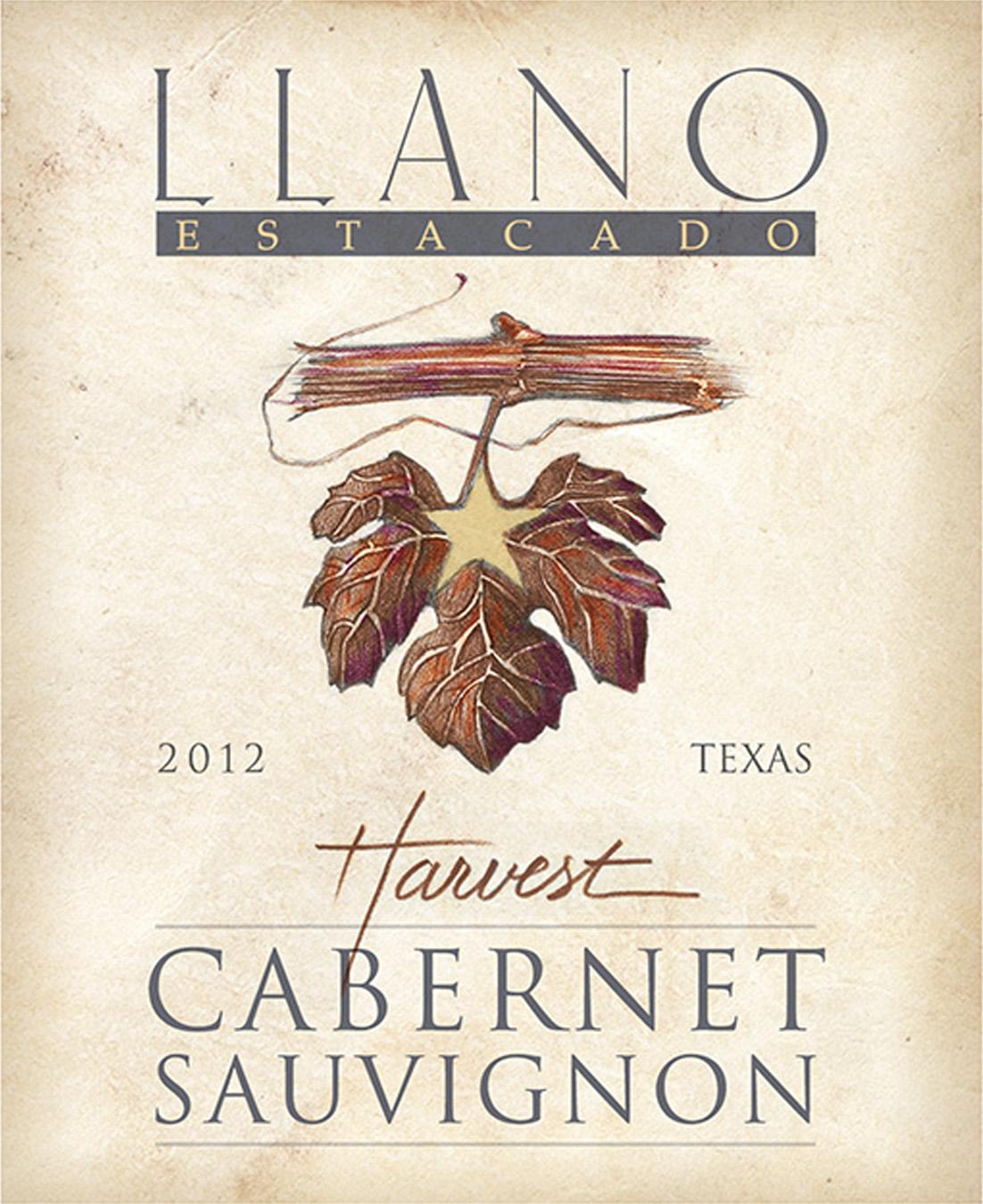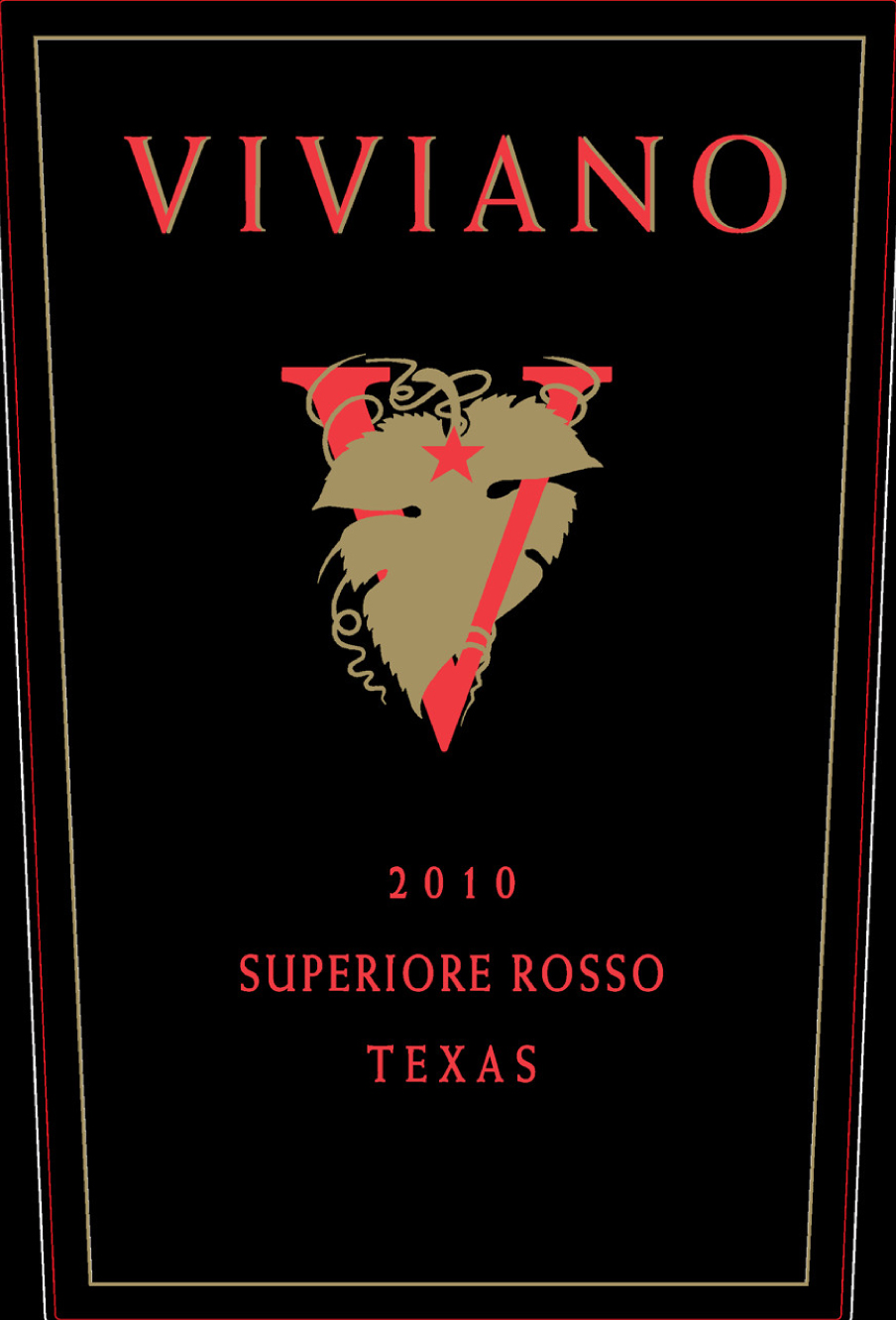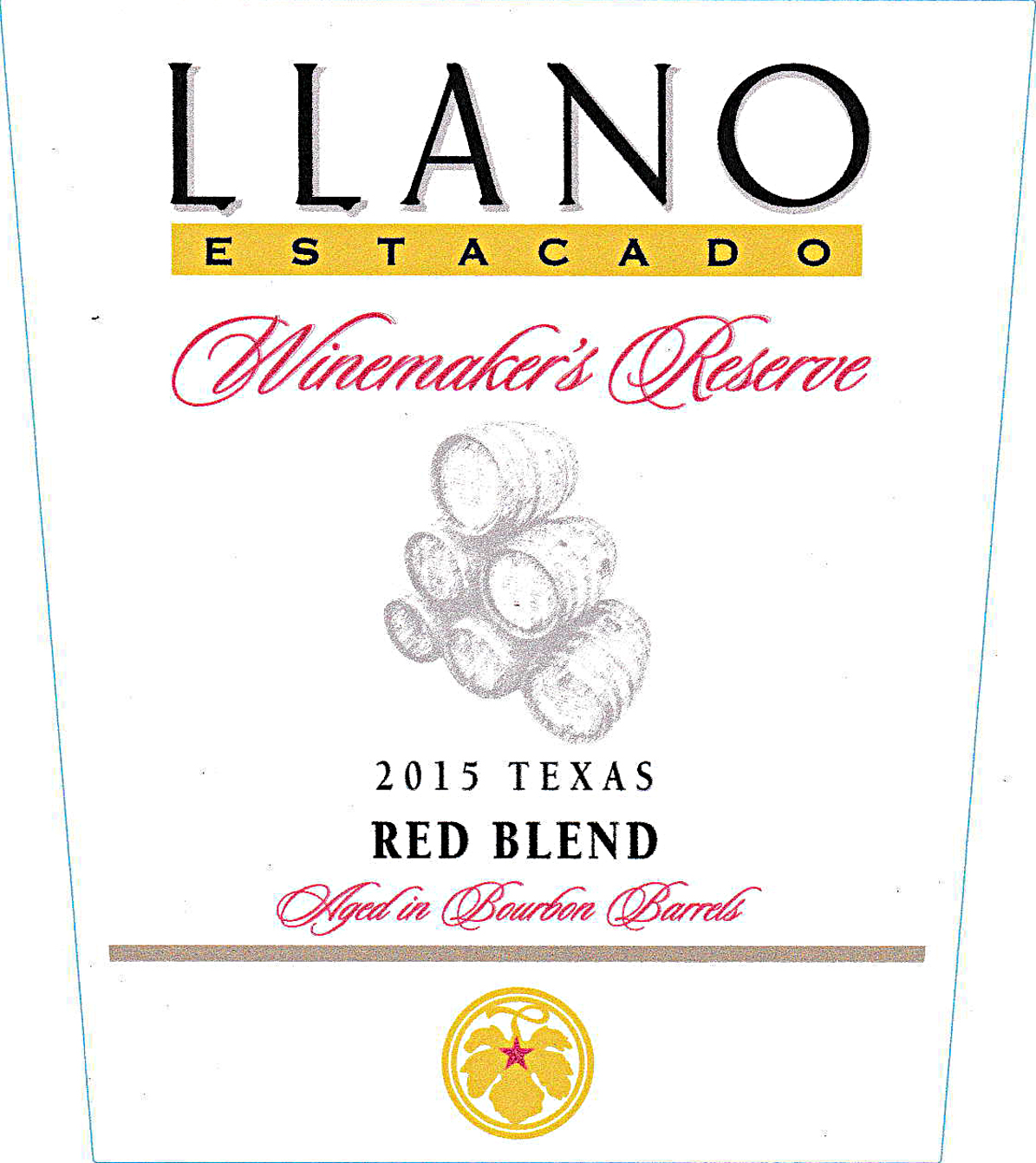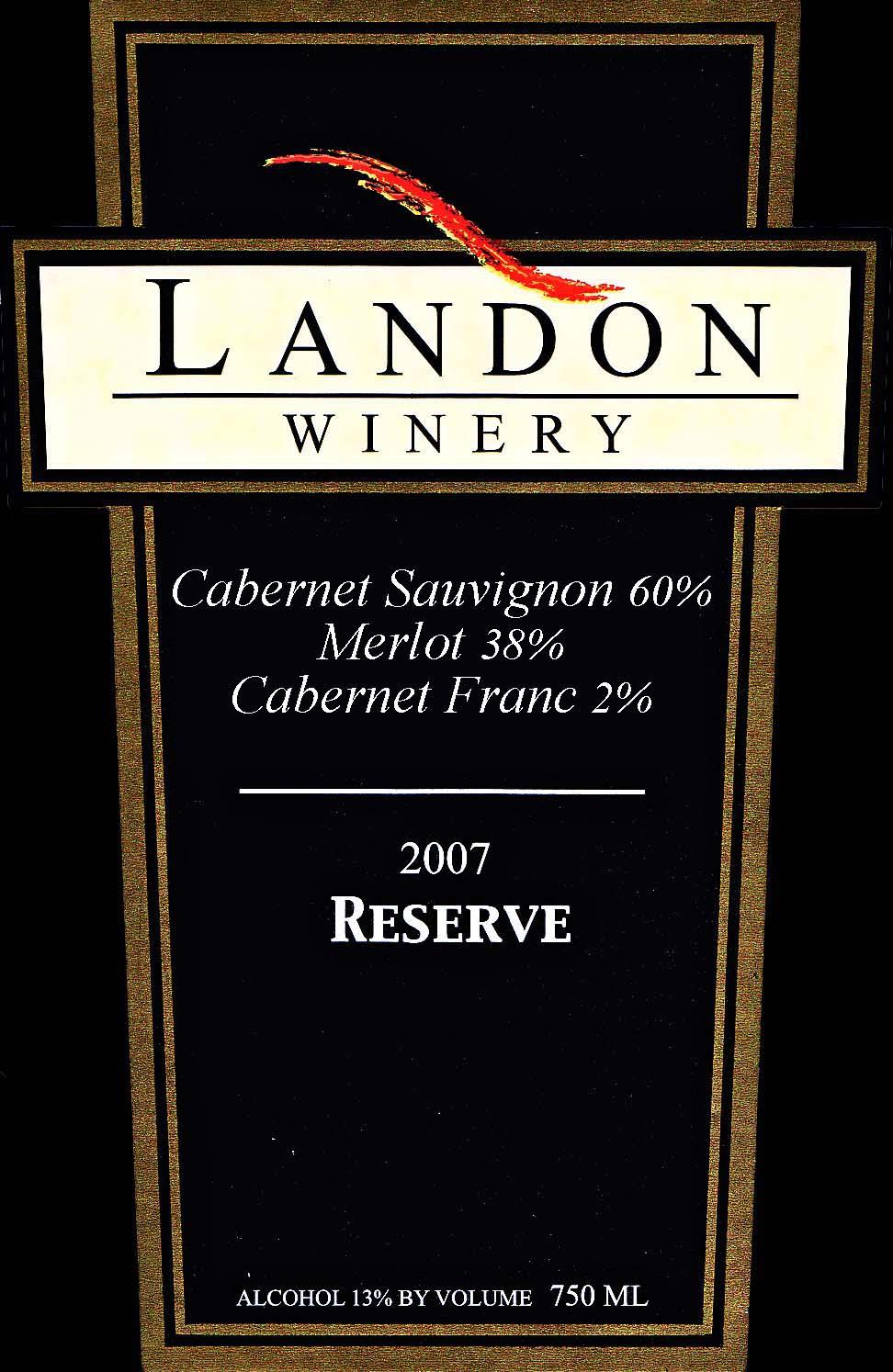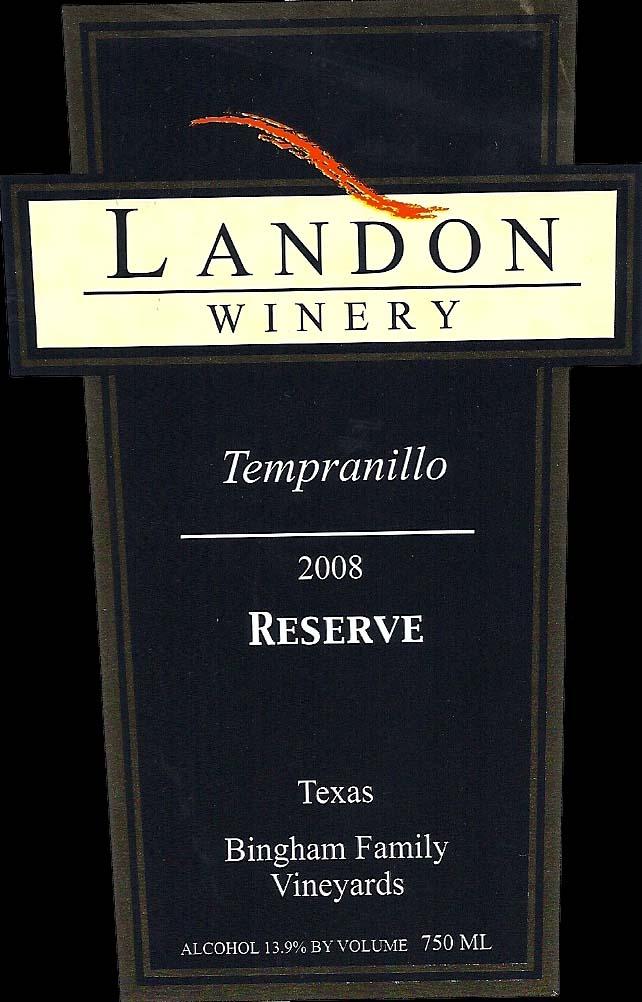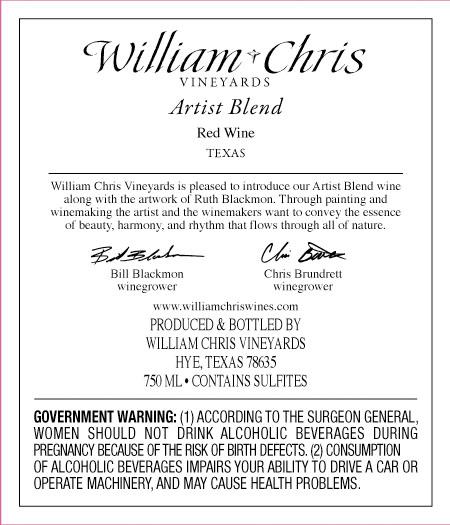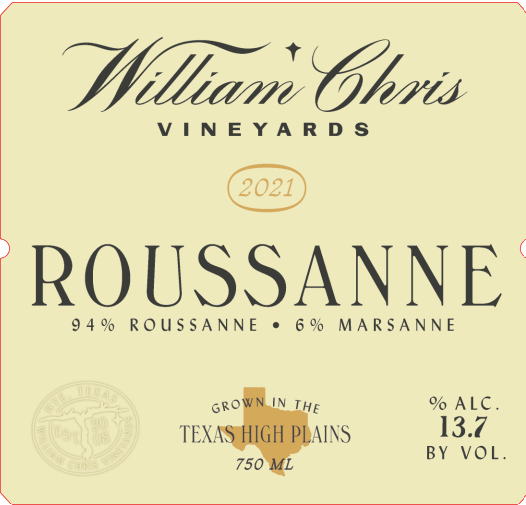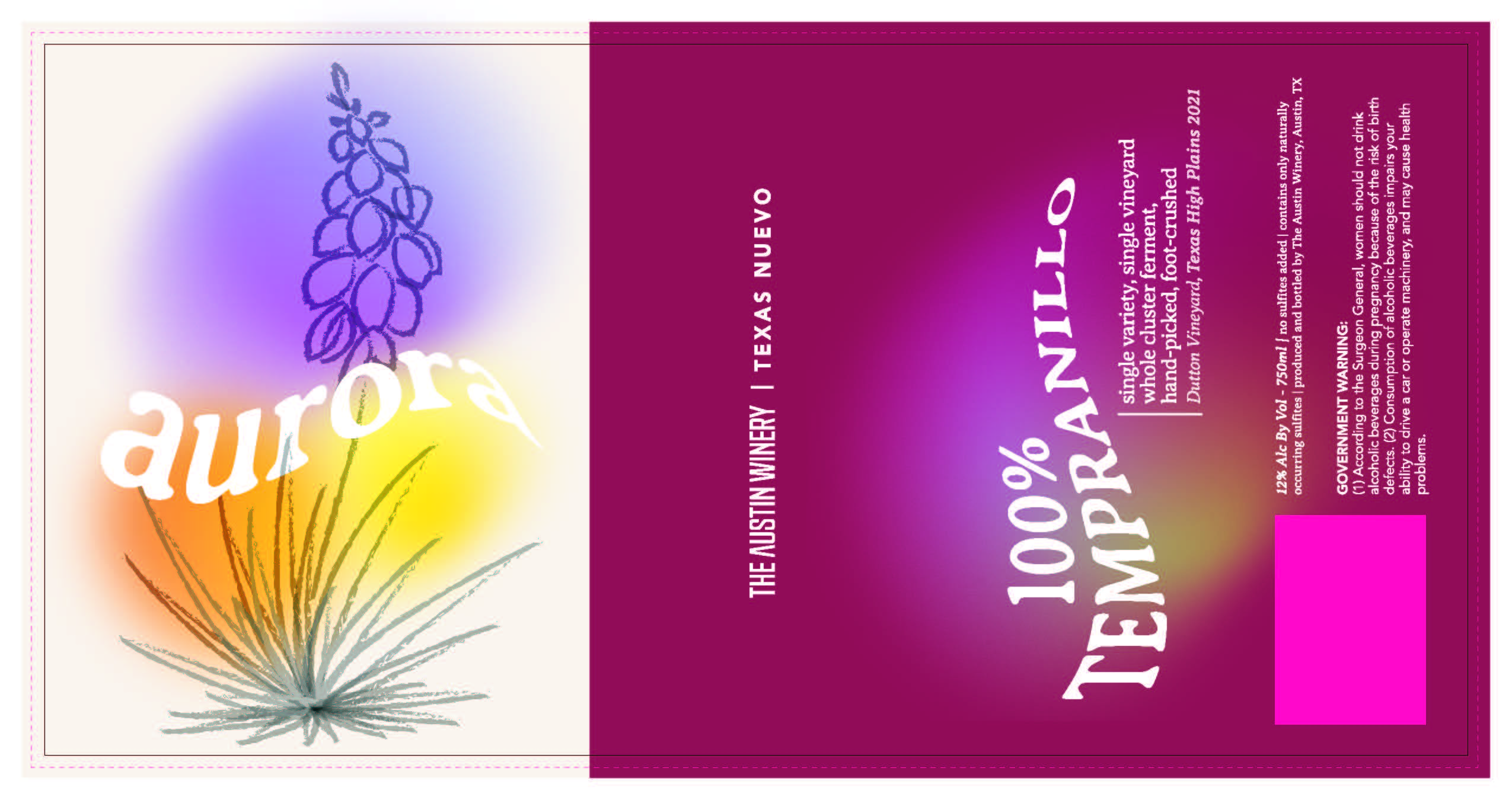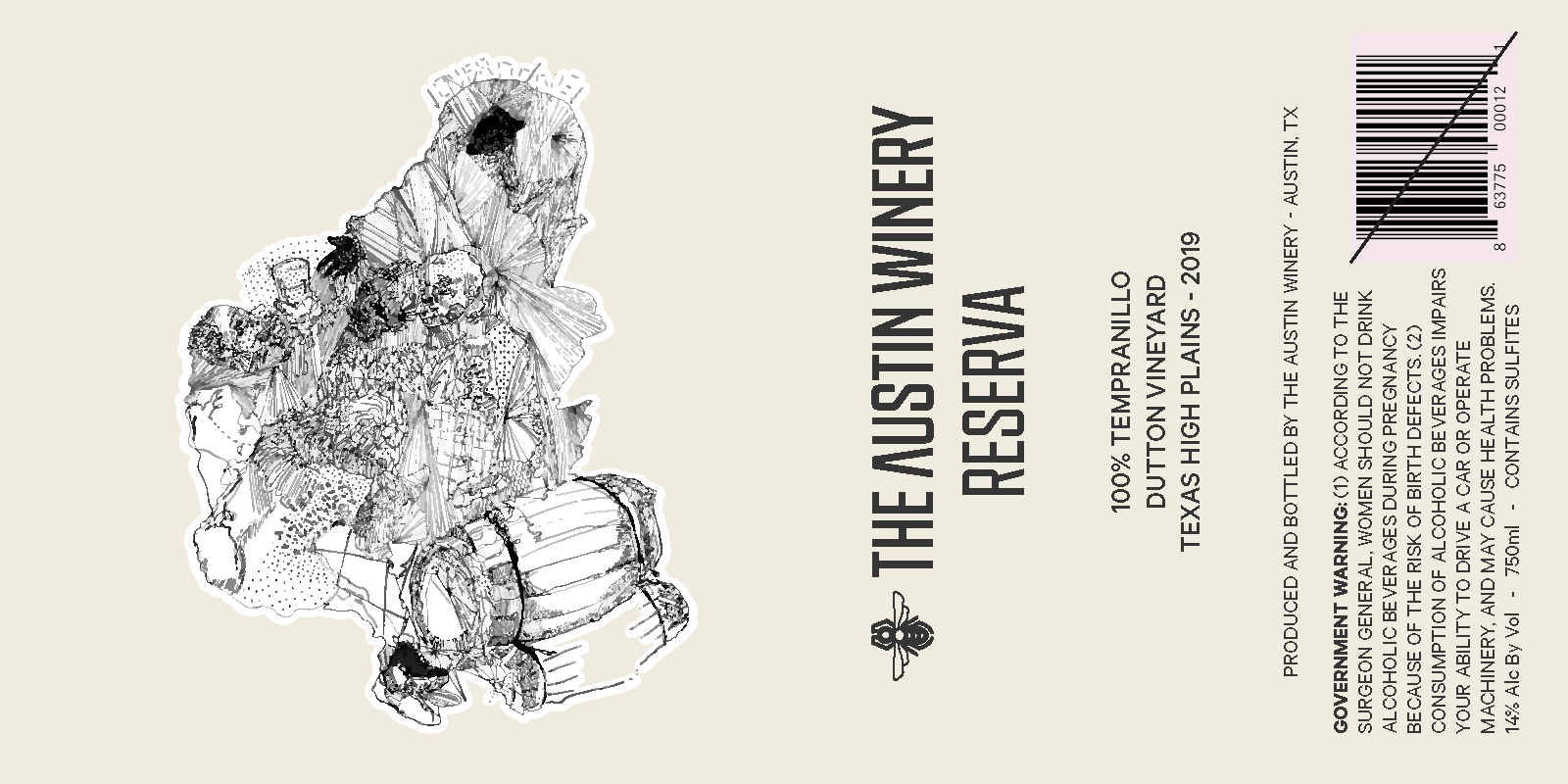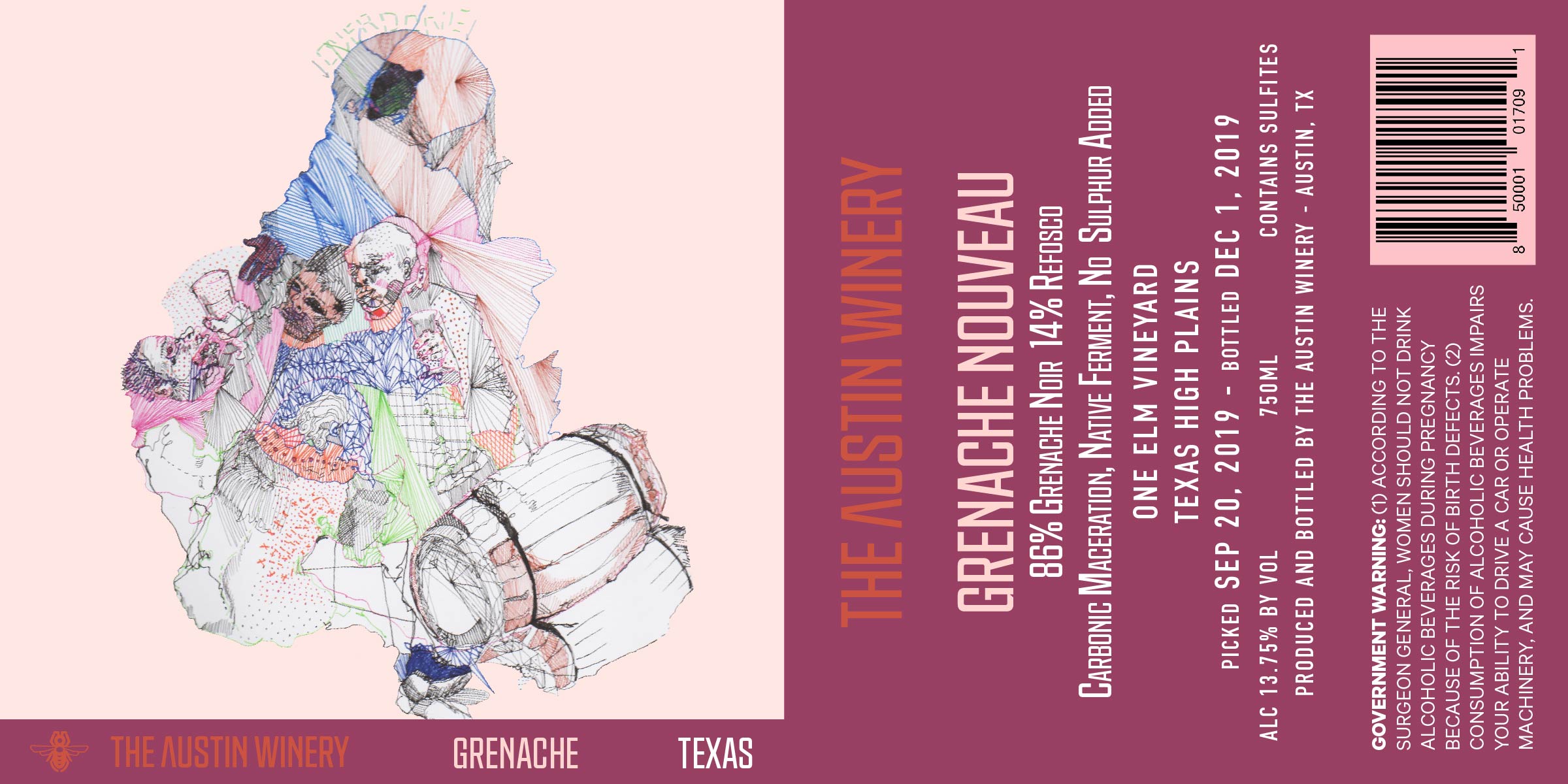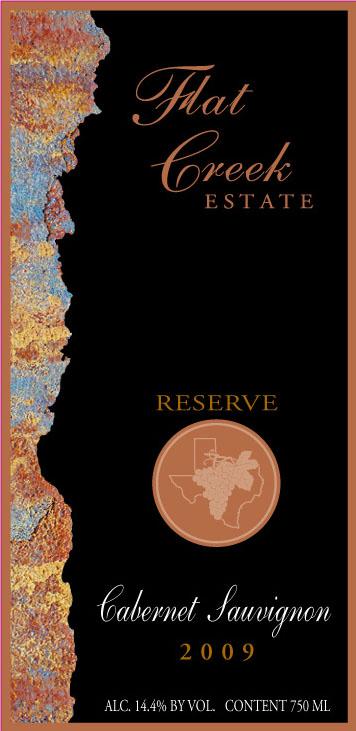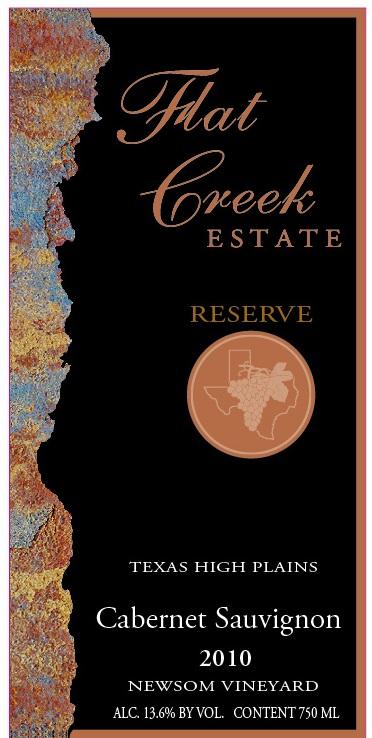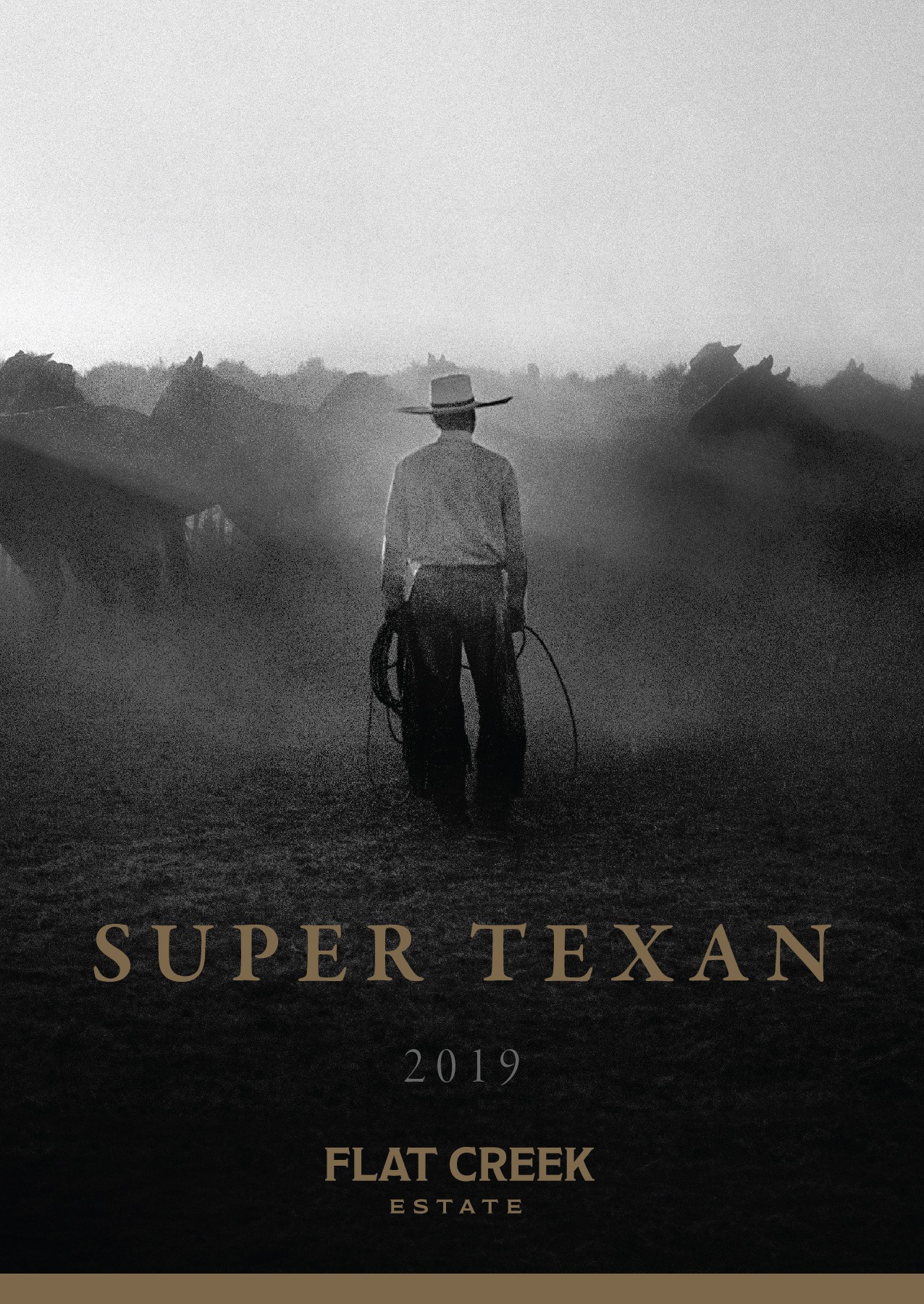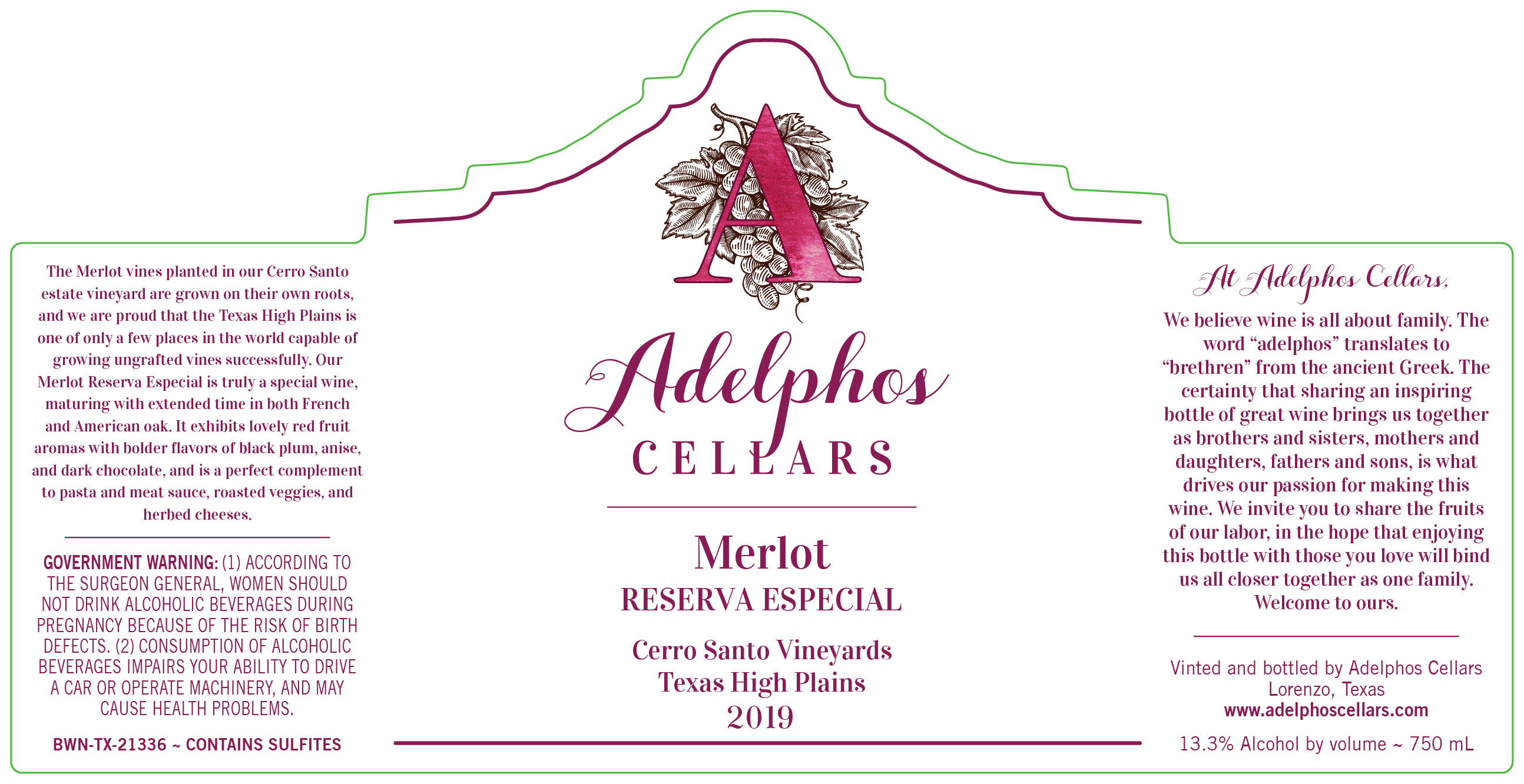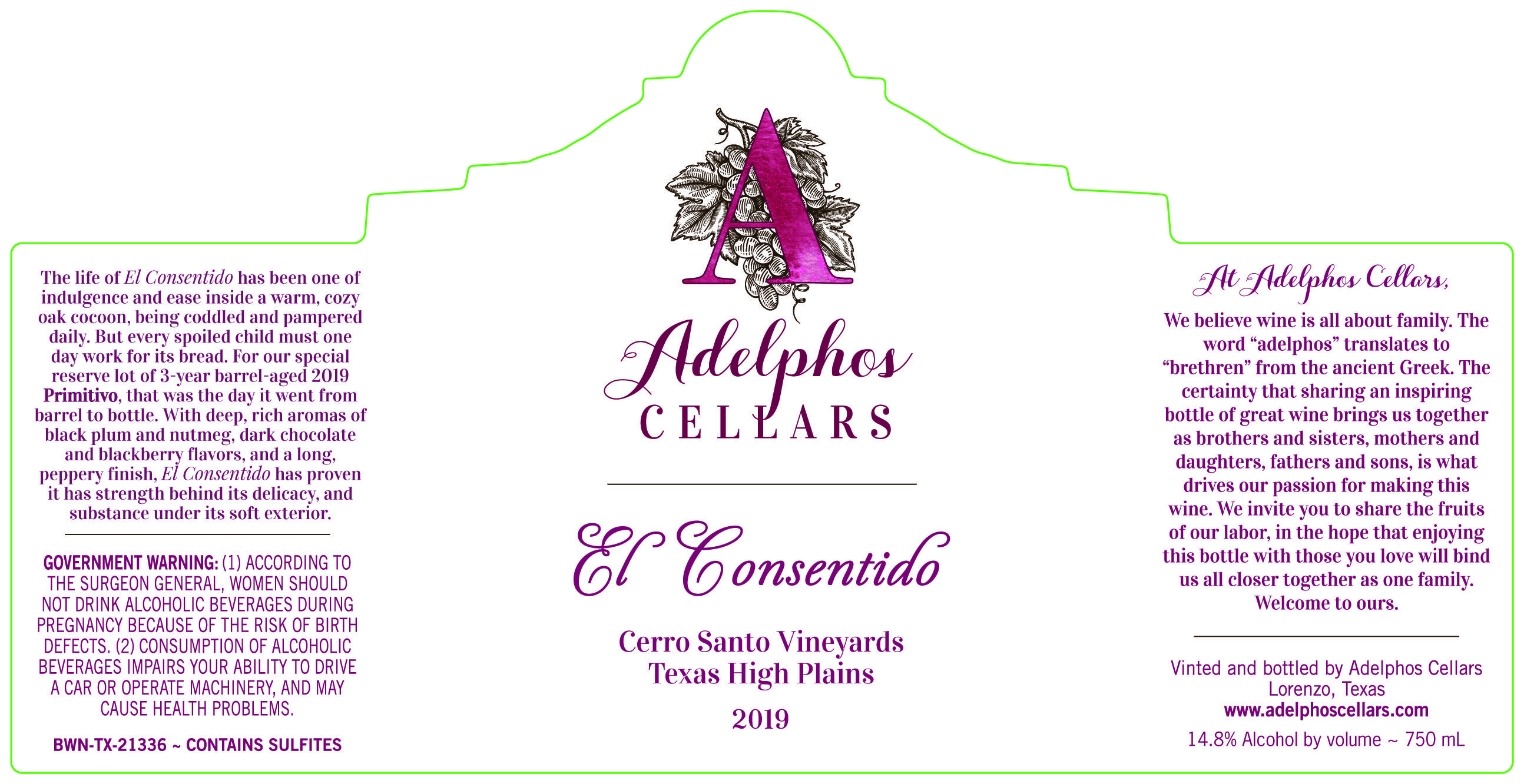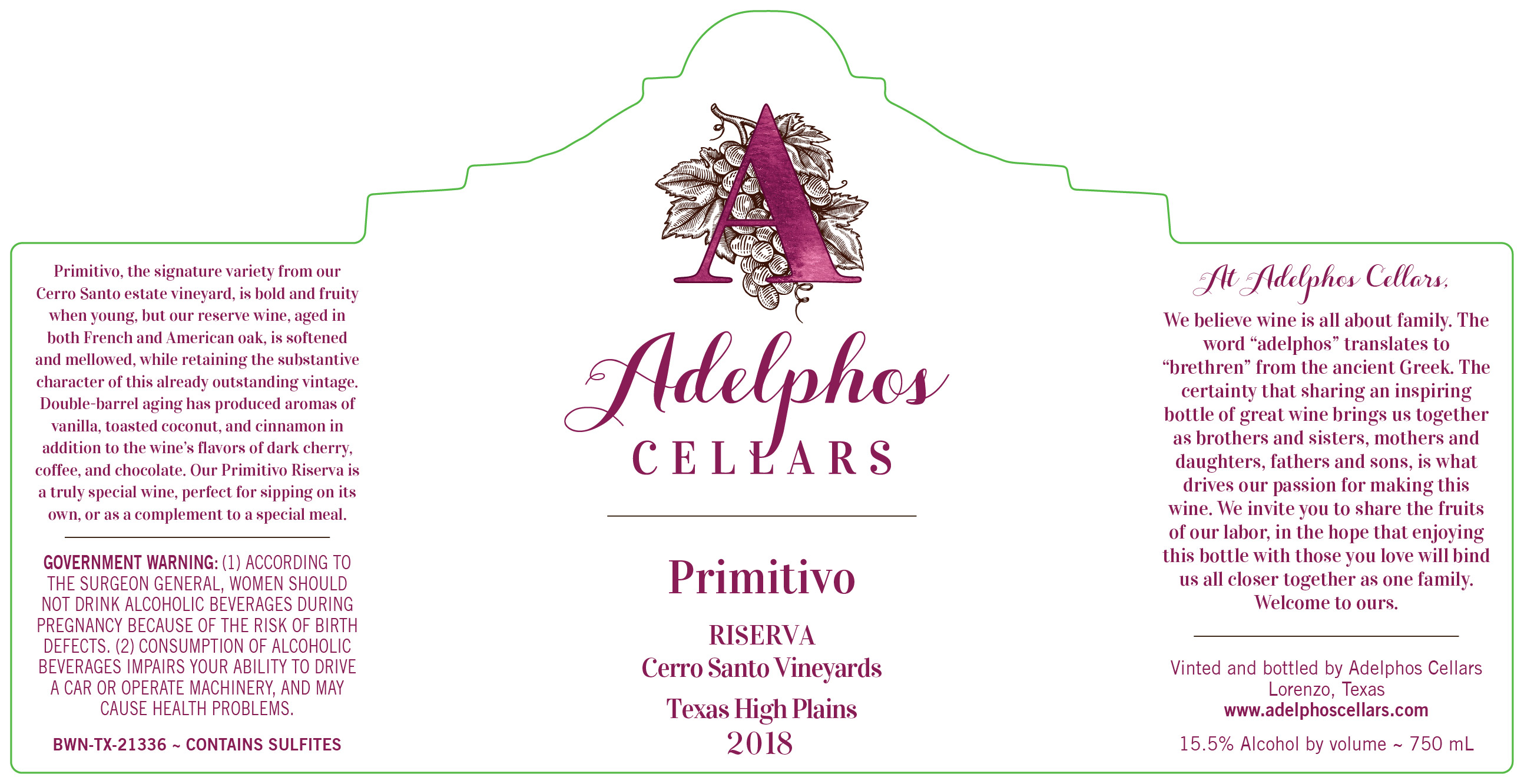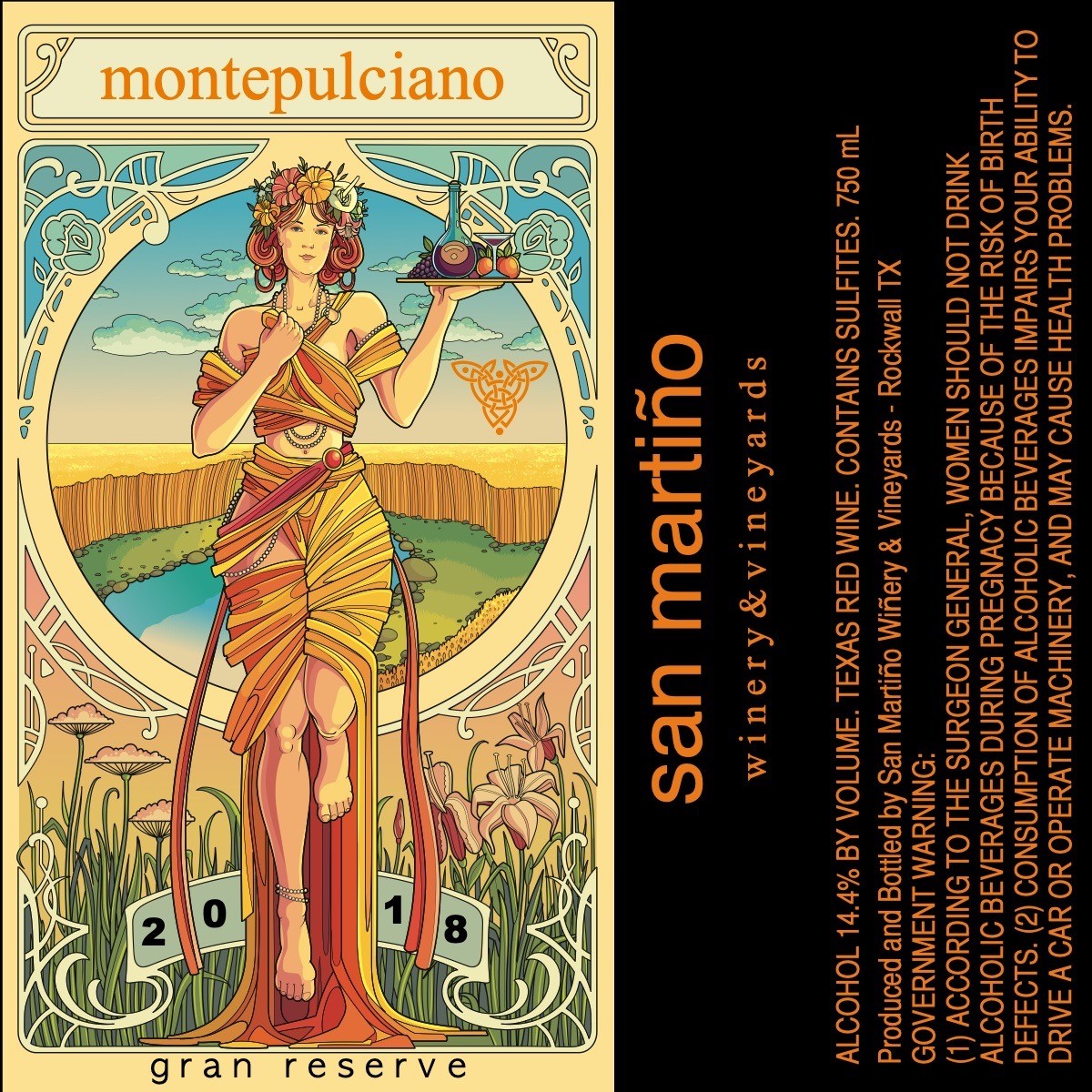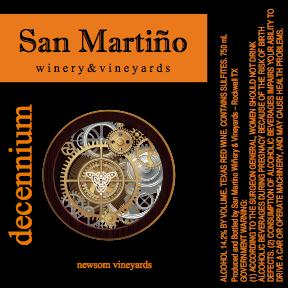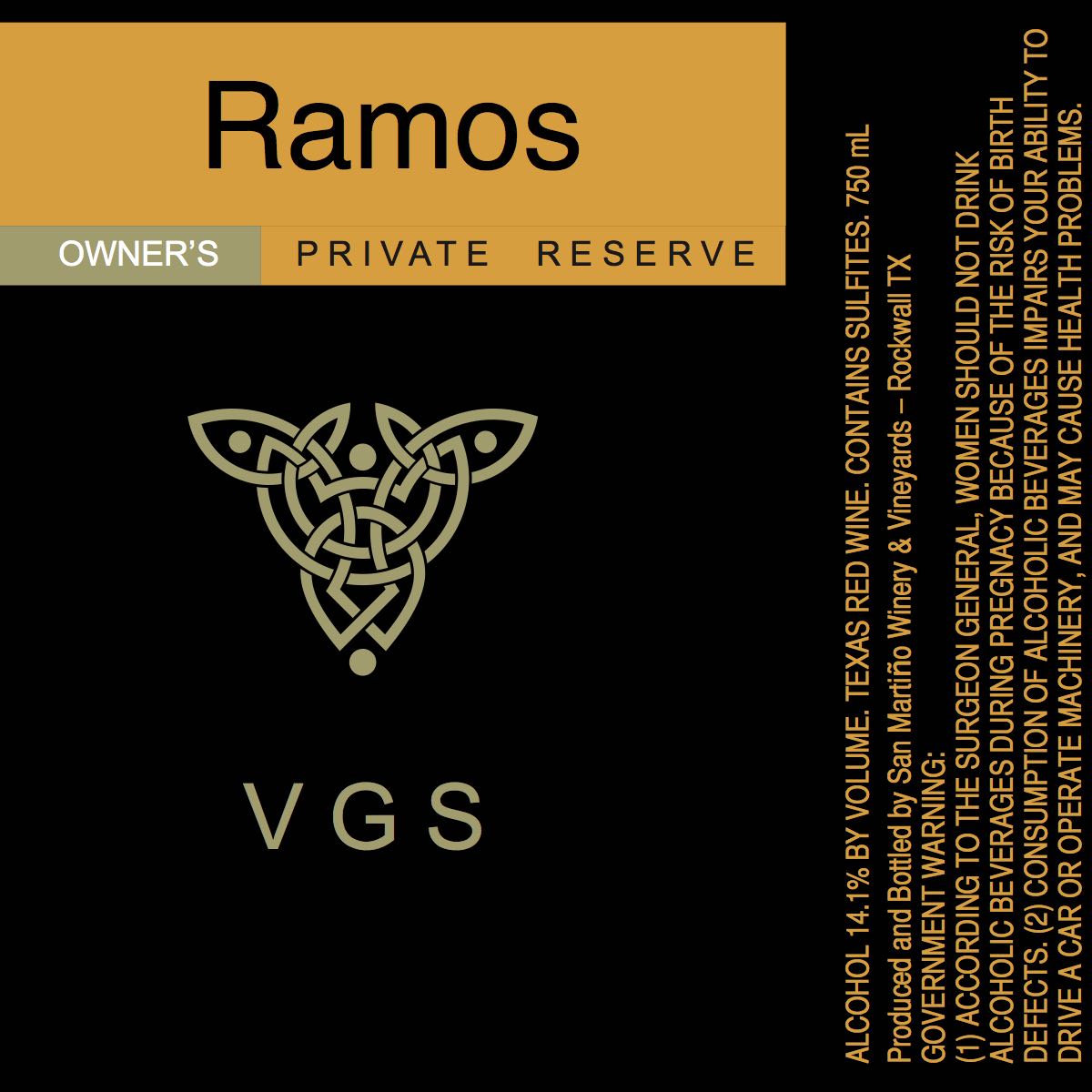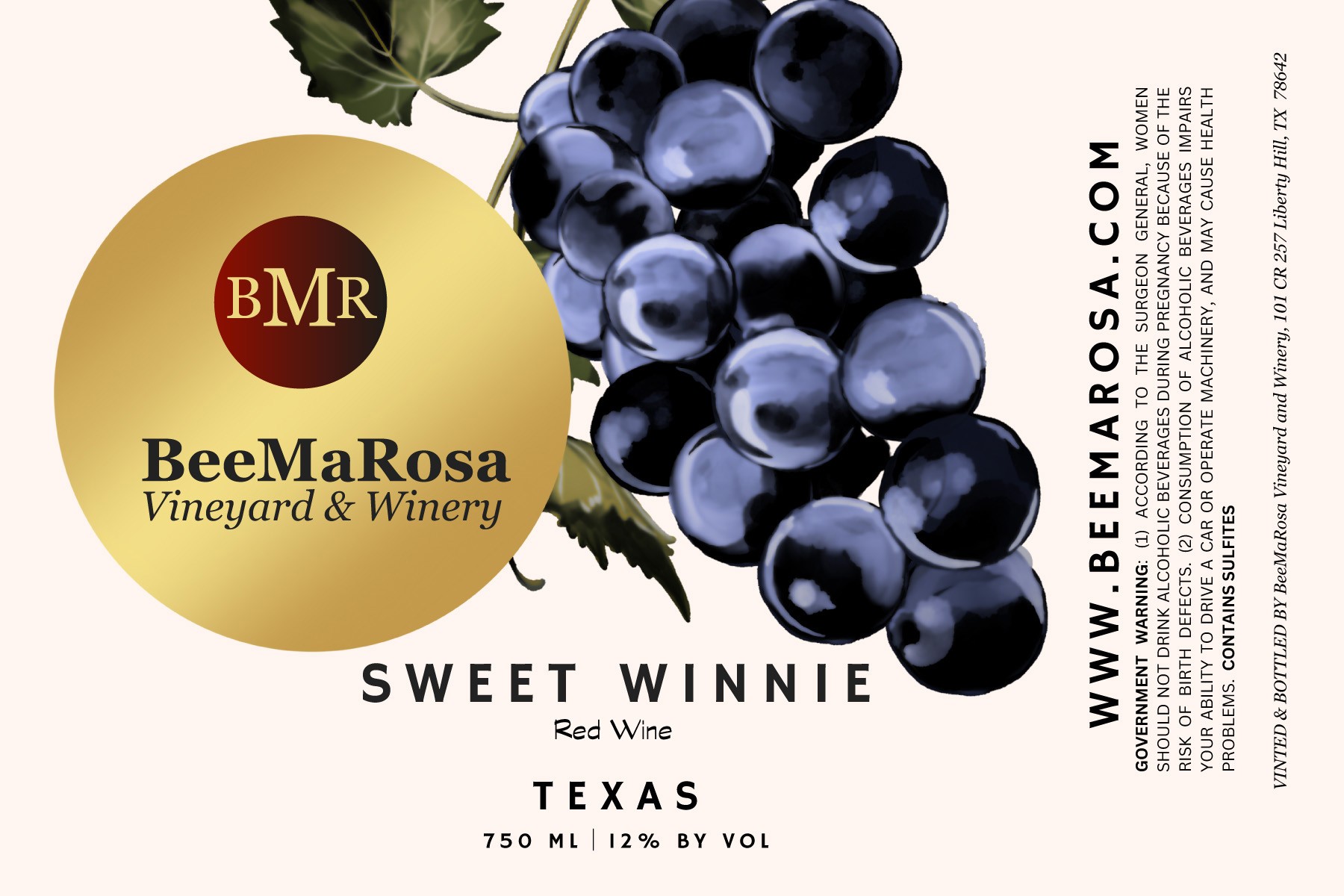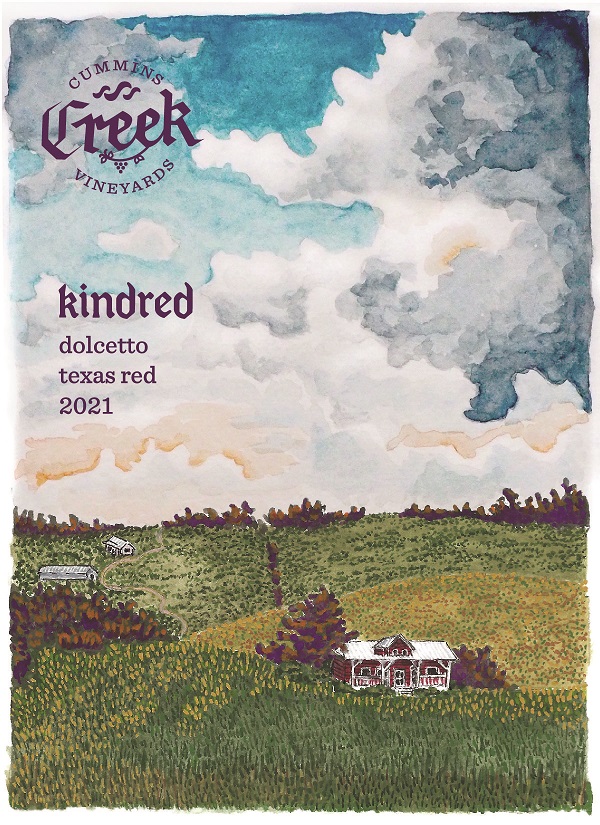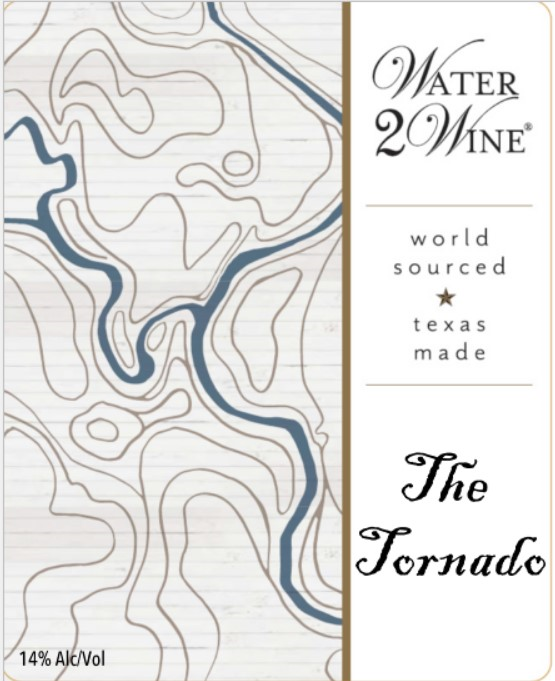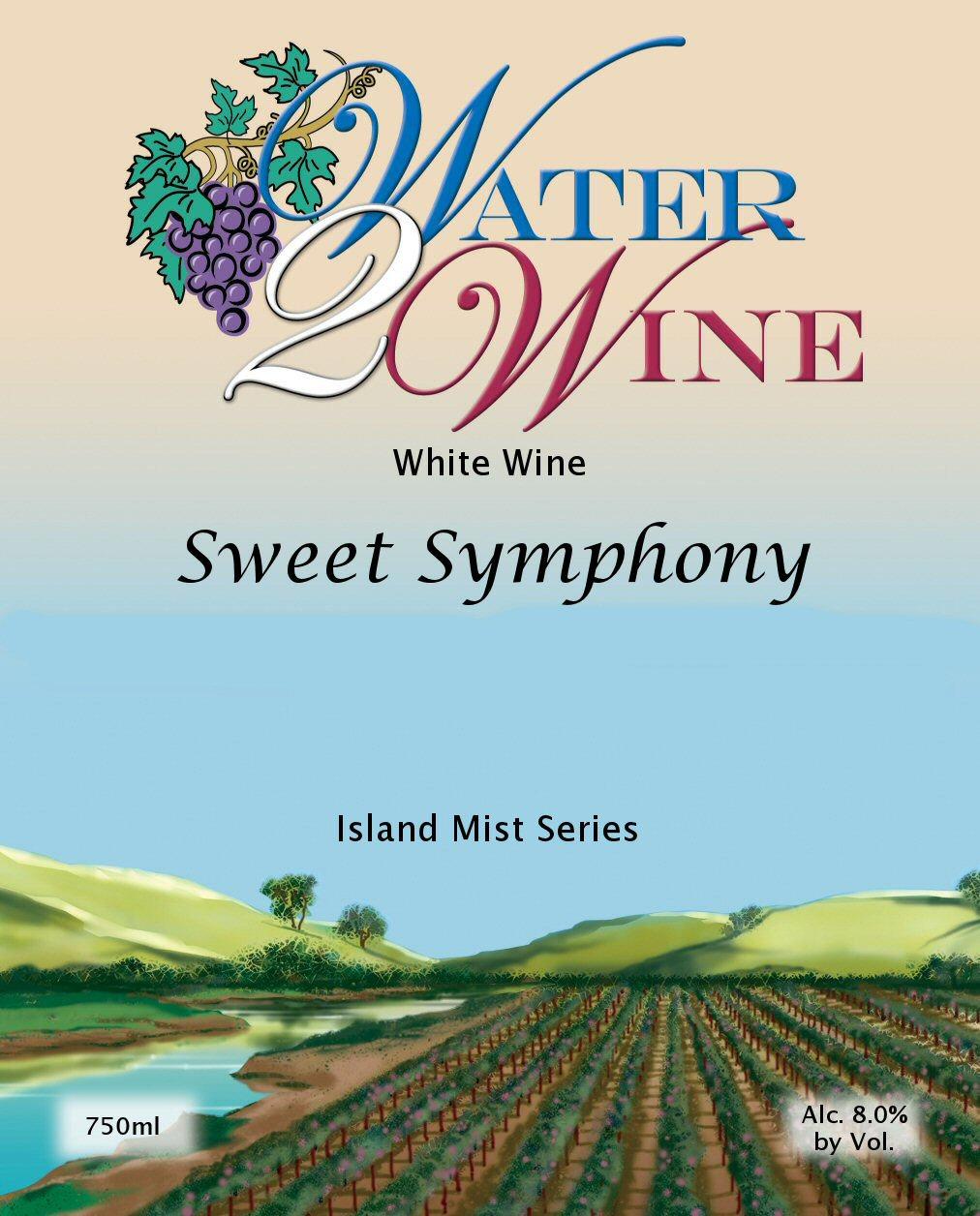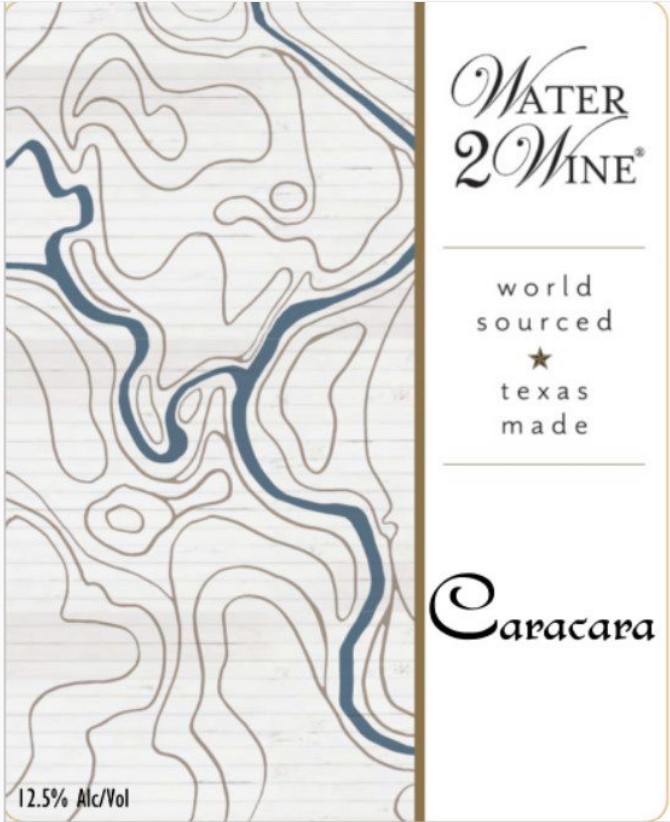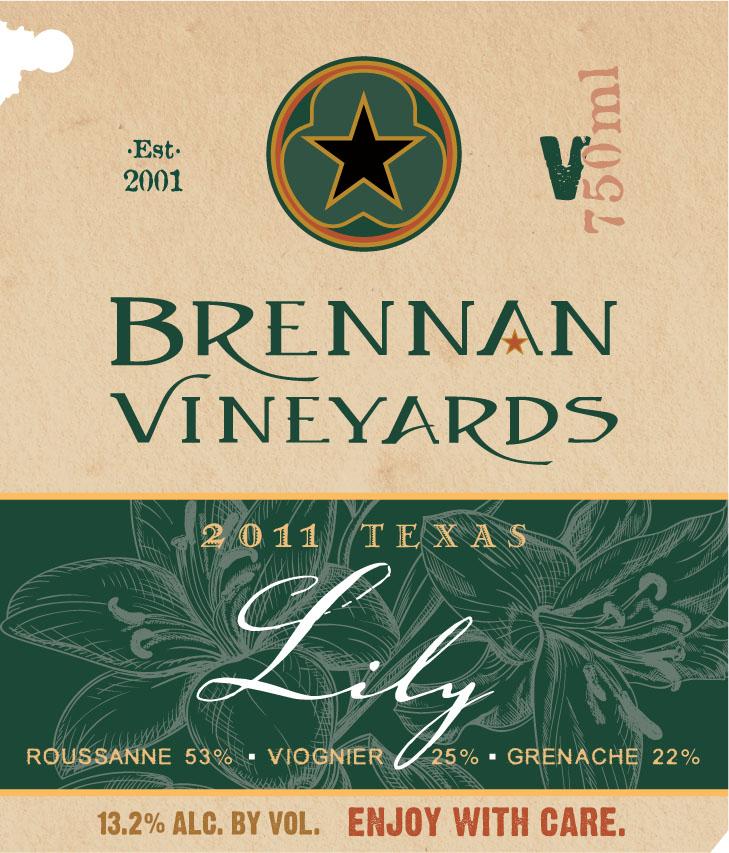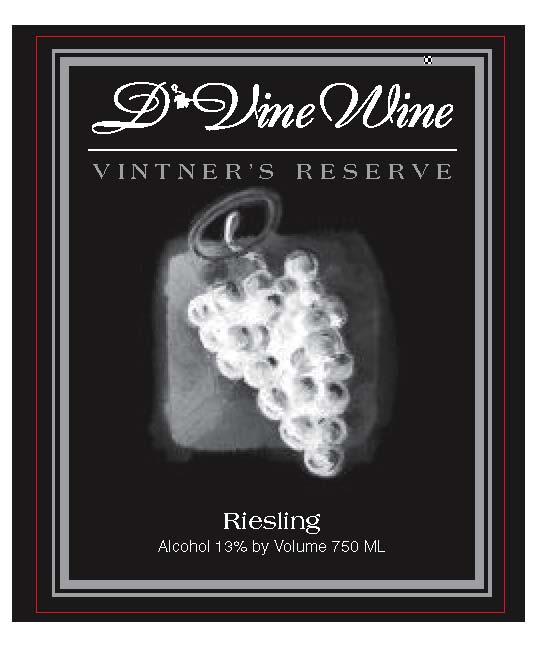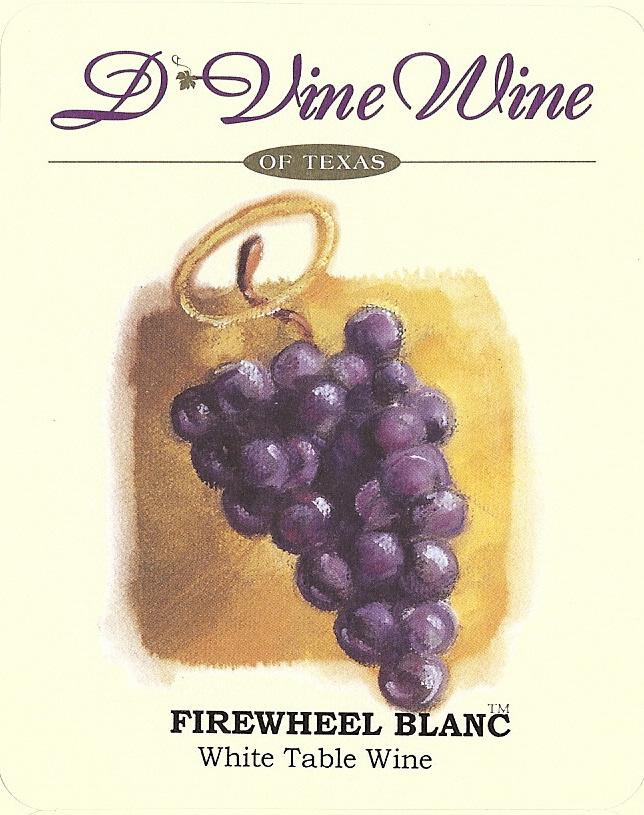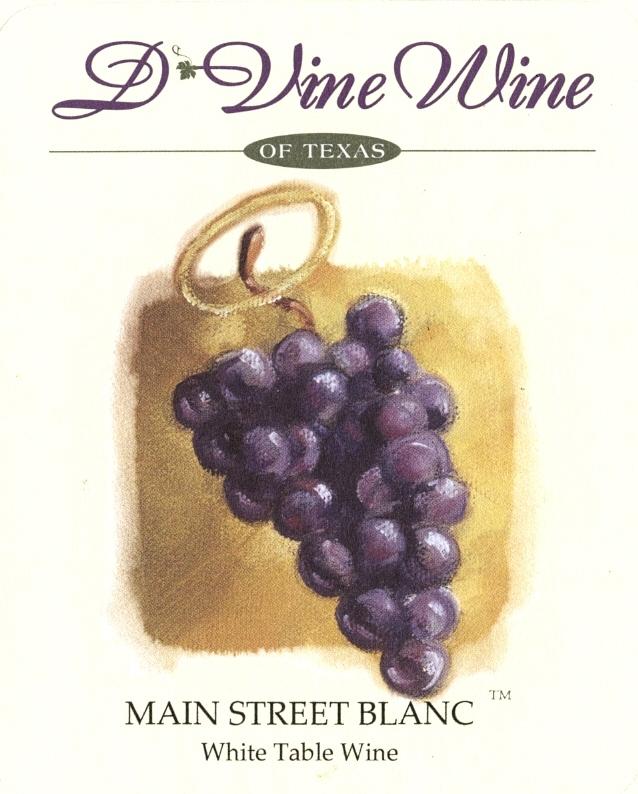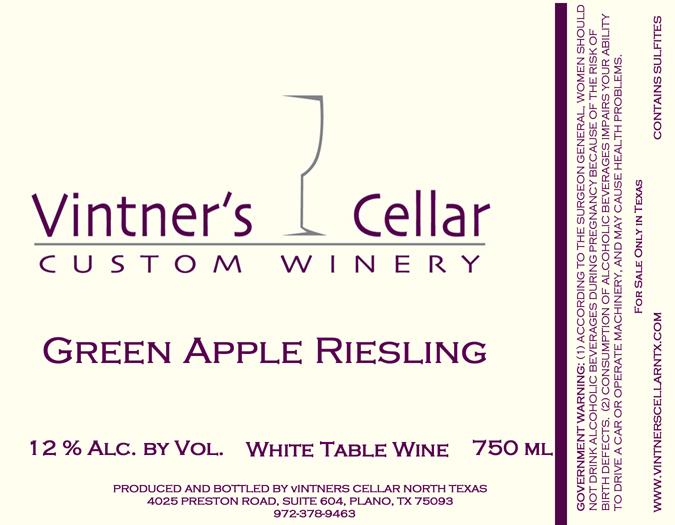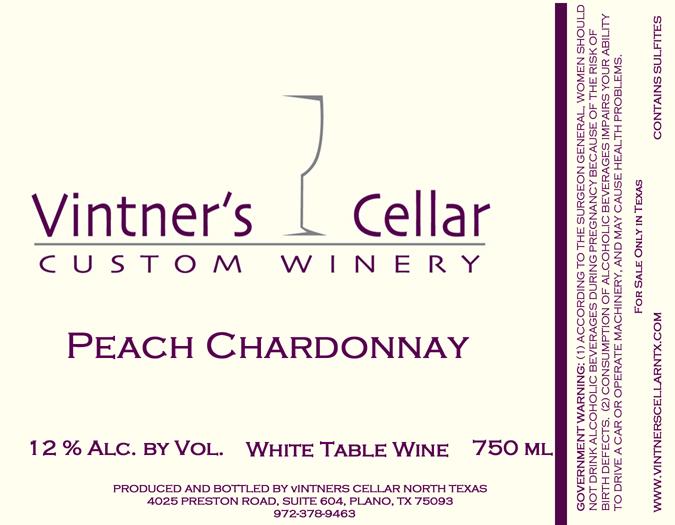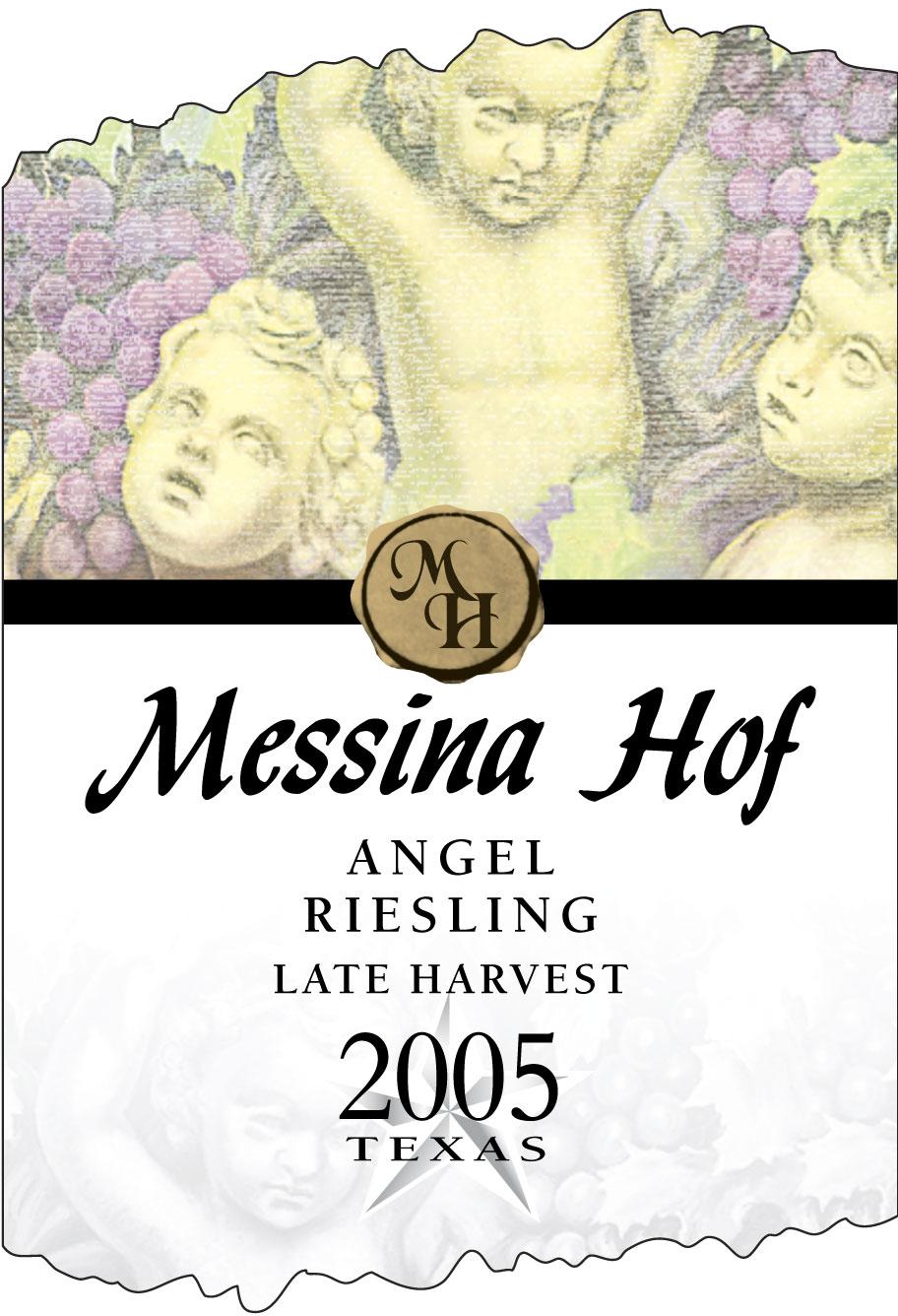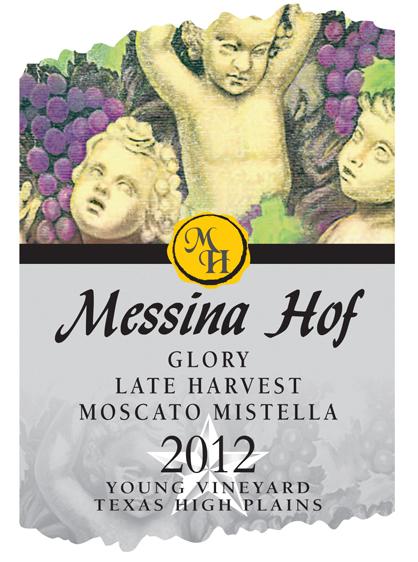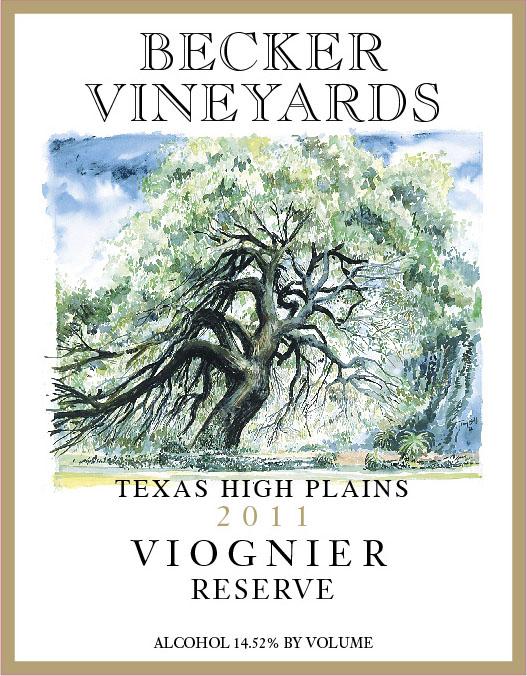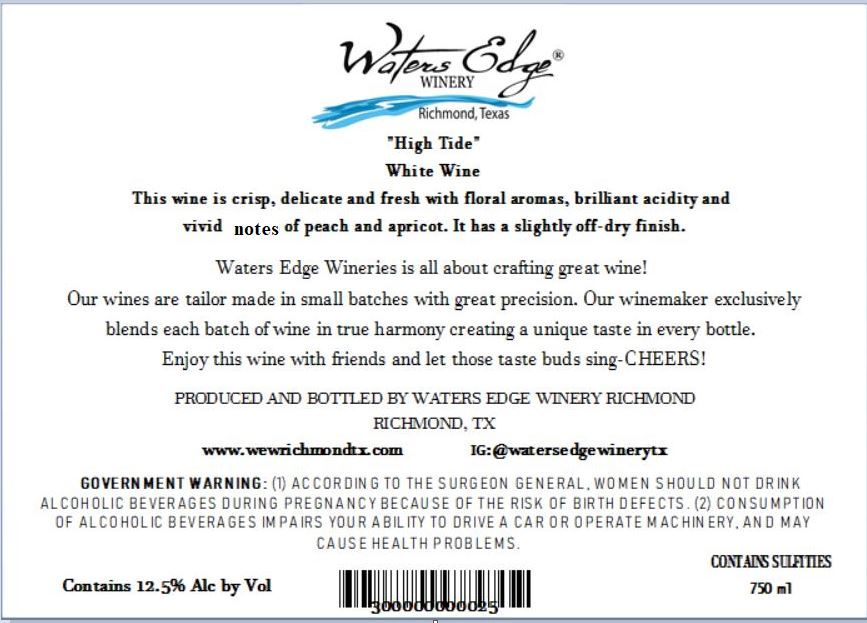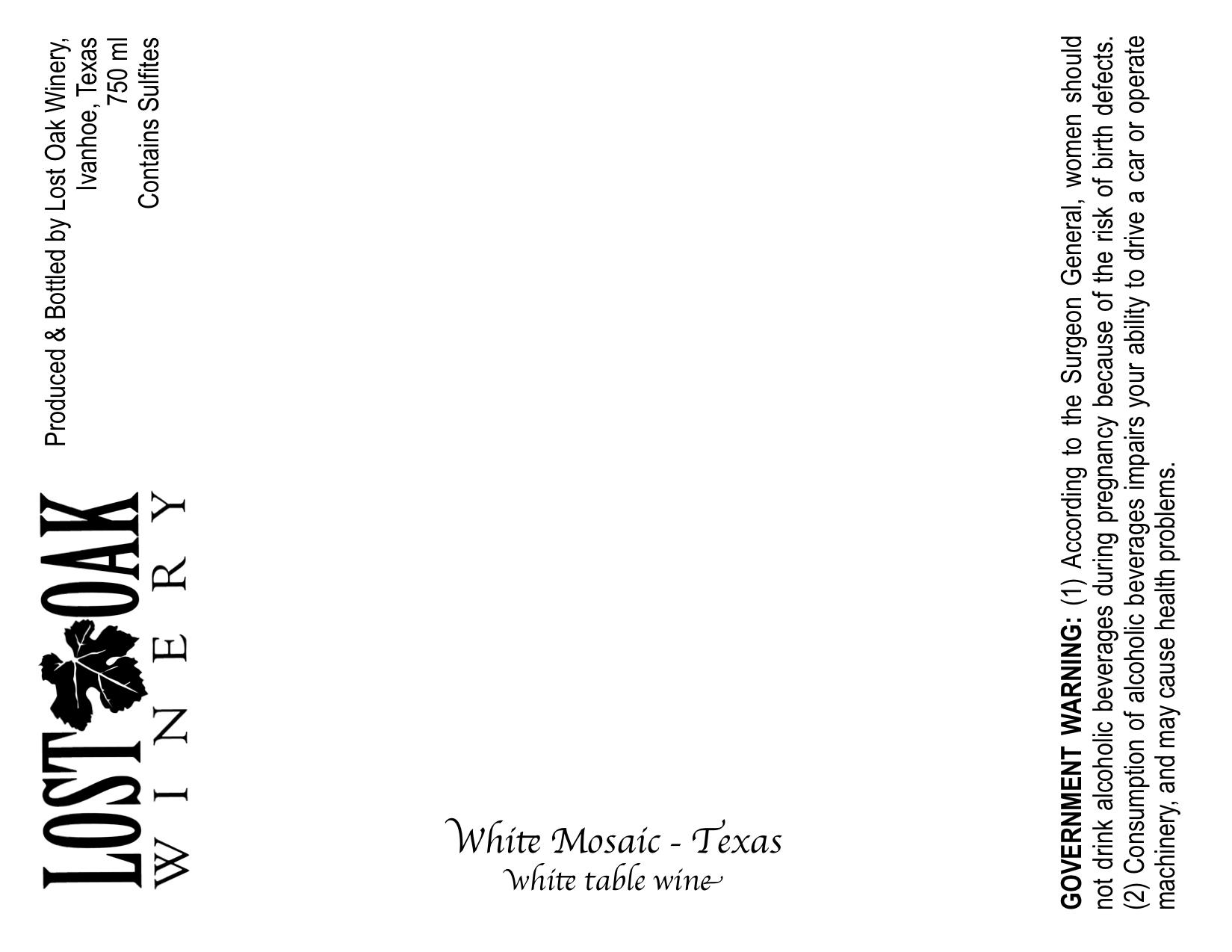Terroir of Texas
Texas offers a unique wine-growing environment with its vast landscapes and varied climates. The state experiences hot, sunny conditions, with temperatures often rising above 90°F during the long summers. This accelerates grape ripening, allowing harvests to begin as early as July. However, the climate presents challenges such as spring frosts and hailstorms, requiring strategic vineyard site selection for frost protection and irrigation in dry areas.
The Texas High Plains AVA, a prominent region, features high elevations and sandy loam soils over limestone, ideal for a range of grape varieties. Central Texas's Hill Country AVA, with its limestone and granite soils, provides different nuances, while far West Texas offers desert conditions with mineral-rich soils, contributing to the state's diverse terroir. Across Texas, growers adapt to unpredictable weather, creating wines that reflect the state's rugged landscape.
Notable Wineries in Texas
Texas is quickly becoming a notable wine region, with diverse climates and pioneering winemakers. Here are some standout wineries:
-
Llano Estacado Winery: Based in Lubbock since 1976, it's a trailblazer in the High Plains, known for acclaimed Cabernet, Chardonnay, and Tempranillo.
-
Fall Creek Vineyards: Founded in 1975 in the Hill Country, it excels with its Meritus Bordeaux-style blend, capturing the region's essence.
-
Messina Hof Winery: A family-run legacy since 1977, famous for its diverse range and hospitality at its Bryan estate.
-
Becker Vineyards: Known for its Viognier and Cabernet Sauvignon, this Stonewall estate charms with its lavender fields and annual festival.
-
William Chris Vineyards: In Hye since 2008, it focuses on Texas-grown grapes and is internationally recognized for its Mourvèdre and Petite Sirahs.
Sustainable Winemaking in Texas
In Texas, sustainability has become fundamental to winemaking, driven by climate challenges and consumer demand for eco-friendly products. Organic farming is on the rise, with natural pest control and soil enrichment through cover crops and composting. Water conservation is crucial due to frequent droughts; drip irrigation and rainwater harvesting are common practices.
Renewable energy is embraced, with solar panels and wind turbines powering many operations. These efforts not only preserve the Texas landscape but also enhance the quality of wines, as healthier vines in diverse soils produce more expressive flavors. Texas winemakers are committed to ensuring that their wines reflect their origins sustainably.
Wine Tourism in Texas
Texas has emerged as a prominent wine tourism destination, with the Texas Hill Country being particularly noteworthy. It is the second most visited wine region in the U.S., offering a diversity of experiences along the famous Wine Road 290 between Johnson City and Fredericksburg.
Visitors can explore over 50 wineries, each providing a glimpse into the art of winemaking through guided tours and tastings. These wineries not only showcase Texas's unique grape varieties like Tempranillo and Viognier but also emphasize sustainable practices.
Events such as wine festivals and trail weekends offer additional opportunities to experience Texas wines in a lively setting. Accommodations vary from quaint B&Bs to luxurious winery resorts, ensuring a comfortable stay. Wine tourism in Texas blends the state's rich viticultural heritage with genuine hospitality, making it a compelling choice for wine enthusiasts.



